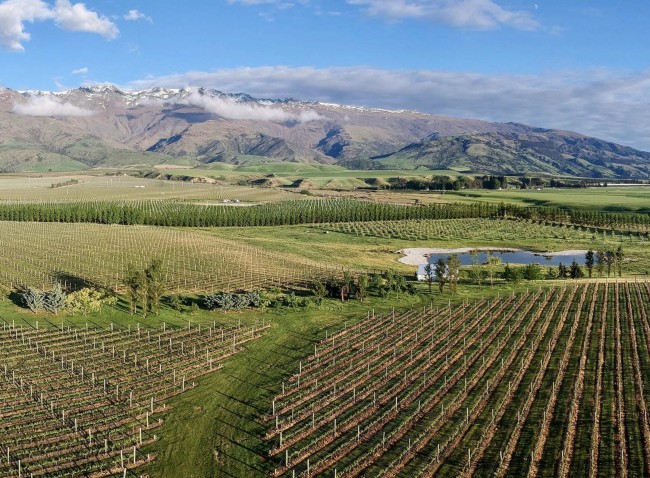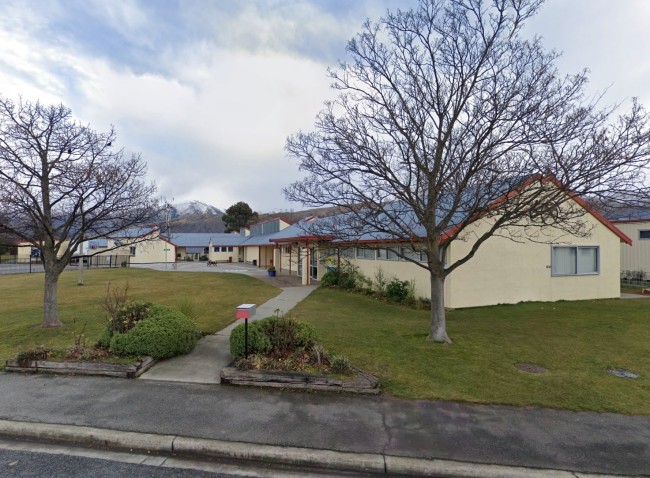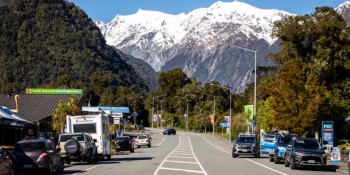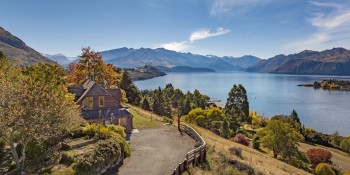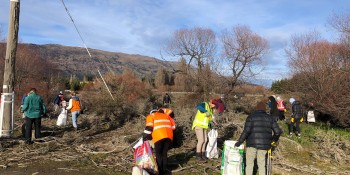
Ladies Mile development a threat to Lake Hayes water quality
Conservation group Friends of Lake Hayes chairperson Mike Hanff says proposed stormwater plans for the Te Pūtahi Ladies Mile development are a threat to the lake's water quality.
Mr Hanff told Crux today that it's "immensely" frustrating after dedicating seven years to improving the water quality of Lake Hayes and receiving a lot of funding, input and support from the Otago Regional Council and the community that these development plans have been put in place.
He says Friend of Lake Hayes is not against development but opposes the Ladies Mile plan unless there is a change to the proposal which sees the stormwater flow into Lake Hayes.
Mr Hanff suggests the water is piped somewhere out of the catchment, and potentially funnelled underneath the State Highway Six.
The Ladies Mile plan proposes 120 hectares of rural land to be rezoned to allow up to 2400 residential housing for up to 10,000 people.
Part of this plan will see water run-off entering into Lake Hayes during periods of heavy rainfall.
The QLDC stormwater expert Amy Prestidge who provided advice on the Ladies Miles proposal, stated this is only likely to occur once every 100 years.
Mr Hanff didn't believe there was enough analysis or scientific calculations provided by Ms Prestidge, on how this figure was decided upon, and no analysis on how this would impact the lake water quality.
"It's very difficult to predict the future based on the past... why are we risking this anyway, we don't need to do it."
And he says if these predictions are wrong and more sediment enters Lake Hayes, he wants to know who is going to take responsibility after the event.
When Mr Hanff lived by the lake in the later years of 1990, he says the lake was blue, and had a healthy trout population, and wants to see it restored to its former glory, when limited sediment entered the lake.
Lake Hayes now has periodic algal blooms over summer which is caused by plant-nutrient phosphorous which enters the lake from sediment flows. The blooms mean areas of the water receive little or no oxygen, and the bottom of the lake remains at a cool temperature.
During the heat of last summer, Mr Hanff says the trout could not survive, and many were spotted floating dead at the top of the lake.
The trout in the lake are currently "stressed", he says.
Mr Hanff says that Otago Regional Council testing shows that the heaviest amounts of sediment enter the lake during heavy rainfall, and in its worst year, in 2020, he says 2000 tonnes of sediment entered the lake.
Over the past few years, there have been several efforts to improve the water quality of Lake Hayes.
The Otago Regional Council is helping to build a water pipe from the Arrow River irrigation scheme, located near Macetown, which will increase the flow through to Mills Creek near Millbrook and then this water will be piped into Lake Hayes.
There will also be flushing of the lake, to allow healthier, less phosphorus water to enter into the lake.
He says several sediment traps have been built around the catchment in recent years to stop sediment from flowing into the lake, other parties around the catchment have committed to cleaning out sediment from their ponds.

Mike Hanff in one of the new Lake Hayes Sediment Traps located near Threpwood Farm
In the Otago Regional Council's submission to the Ladies Miles Panel dated in December, the regional government body was in overall support of the proposal but points out the sensitivity of Lake Hayes, and the importance of protecting it.
"It is important the change in land use along Te Pūtahi Ladies Miles ensures robust management of '3 waters' infrastructure to ensure any urban development does not risk further degradation of Lake Hayes," the ORC submission says.
Speaking to Mr Hanff's concerns was Ladies Mile Planner Jeff Brown.
He told Crux today that the "overall impact is going to be an improvement" in the water quality of Lake Hayes, and the proposal has an array of provisions to for this, which have been consulted with by iwi.
He says the ground around Ladies Miles plain has good soakage rates for water, and that excess water flowing from Slope Hill would be gathered in ponds built around the development, and the water stored in these ponds will be eventually drained to the ground.
He says that stormwater would only enter the lake in "the most voluminous events".
When asked by Crux whether he believed there had been enough analysis into this 1 in 100-year prediction, he had complete faith.
"I have every confidence in Amy [Prestidge] and John [Gardiner]'s predictions and their analysis of the frequency of these events," he says.
The independent panel for the Ladies Mile proposal will deliver their decision later on in the year.
Watch and read the full submission from the Friends of Lake Hayes here.













